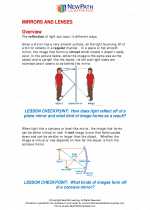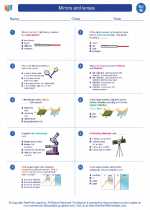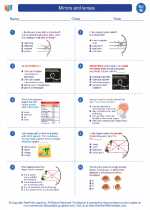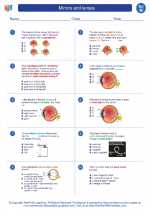Cameras
Cameras are devices that capture and record still or moving images. They have been an essential tool for capturing memories, documenting events, and creating art for many years. Understanding the science behind how cameras work can help us appreciate the technology and skill involved in capturing images.
How Cameras Work
Cameras work by capturing light and converting it into a digital or chemical image. The main components of a camera include the lens, aperture, shutter, and image sensor or film. When light enters the lens, it is focused and controlled by the aperture and shutter to create an image. The image sensor or film then records the light to produce a photograph.
Types of Cameras
There are various types of cameras available today, including digital cameras, film cameras, DSLRs, mirrorless cameras, and instant cameras. Each type has its own unique features and capabilities, making them suitable for different purposes and preferences.
Camera Features and Functions
Cameras come with a range of features and functions that allow photographers to control and customize their images. These may include manual settings for aperture, shutter speed, ISO, white balance, and focus, as well as built-in flash, image stabilization, and various shooting modes.
Photography Techniques
Understanding how to use a camera effectively involves learning various photography techniques, such as composition, lighting, exposure, depth of field, and motion capture. These techniques can help photographers create visually appealing and impactful images.
Study Guide
- Describe the main components of a camera and how they work together to capture an image.
- Compare and contrast different types of cameras, focusing on their unique features and capabilities.
- Explain the importance of camera features and functions in controlling and customizing images.
- Discuss the significance of photography techniques in creating visually appealing images.
- Practice using a camera to apply photography techniques and experiment with different settings and features.
By understanding the science and technology behind cameras, as well as practicing photography techniques, you can develop the skills and knowledge needed to capture stunning images and express your creativity through photography.
.





